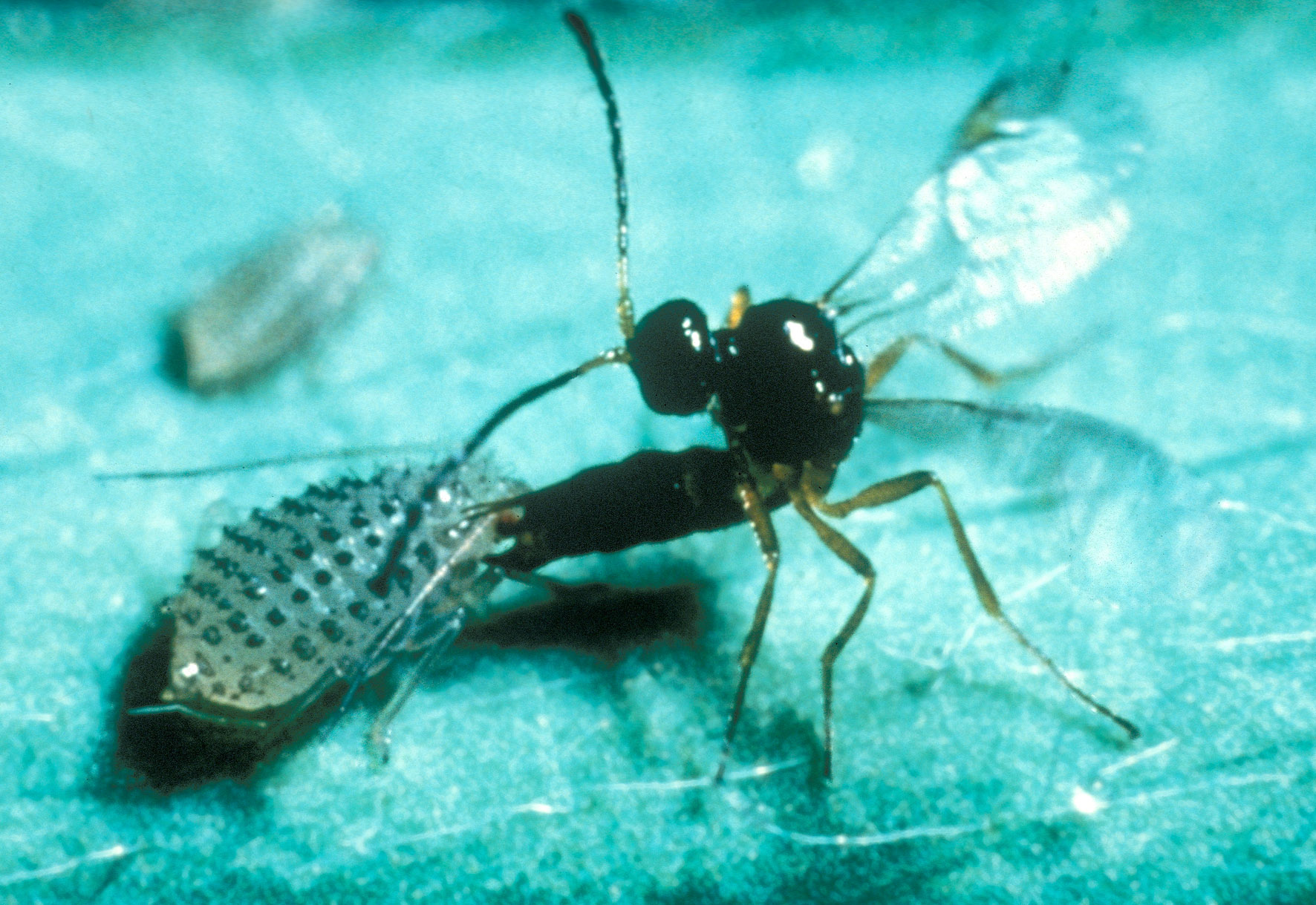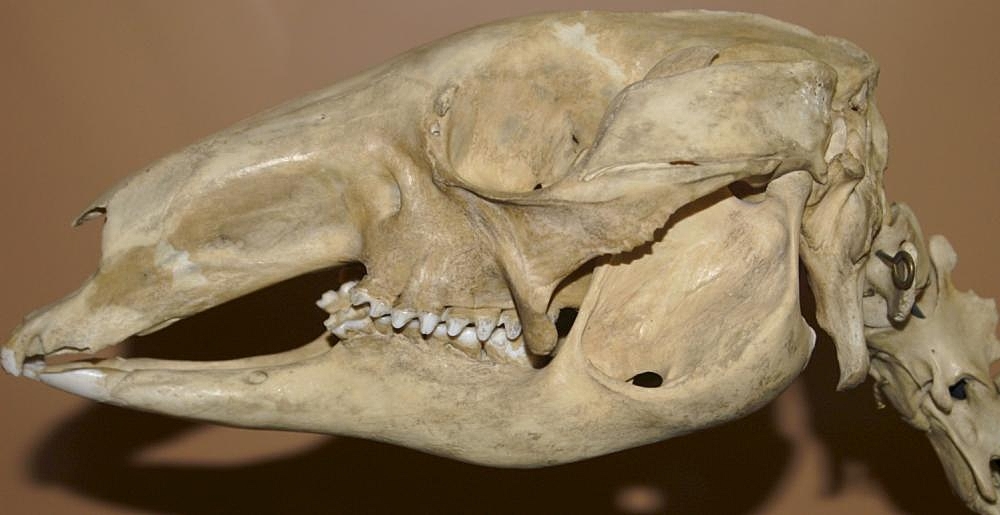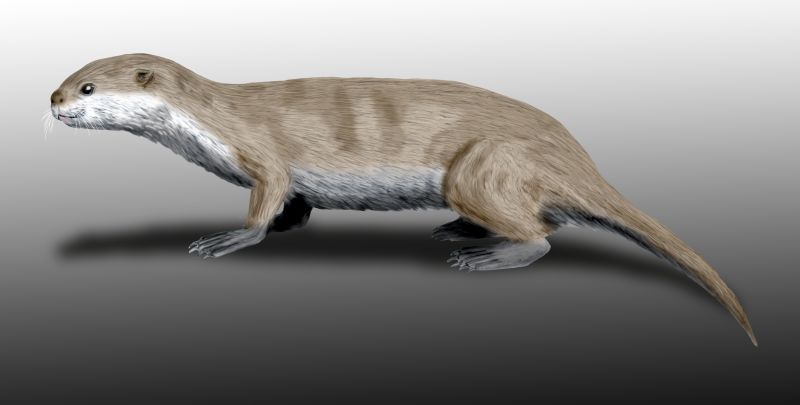|
Capital Breeding
Capital breeding and income breeding refer to the methods by which some organisms perform time breeding and use resources to finance their breeding. The former "describes the situation in which reproduction is financed using stored capital; hereas the latter ..refers to the use of concurrent intake to pay for a reproductive attempt." Income breeders who are growing especially fast hold off the development of their offspring after a threshold is reached so they can produce more offspring, although this does not occur in slower growing income breeders. An organism can be both a capital and an income breeder; the parasitoid '' Eupelmus vuilletti'', for example, is an income breeder in terms of sugars, but a capital breeder in terms of lipids. A different example of the interaction between capital and income breeding is found in ''Vipera aspis''; although these snakes are capital breeders, they lay larger litters when food is abundant, which is a characteristic of income breeders. The ... [...More Info...] [...Related Items...] OR: [Wikipedia] [Google] [Baidu] |
Parasitoid
In evolutionary ecology, a parasitoid is an organism that lives in close association with its host (biology), host at the host's expense, eventually resulting in the death of the host. Parasitoidism is one of six major evolutionarily stable strategy, evolutionary strategies within parasitism, distinguished by the fatal prognosis for the host, which makes the strategy close to predation. Among parasitoids, strategies range from living inside the host (''endoparasitism''), allowing it to continue growing before emerging as an adult, to Paralysis, paralysing the host and living outside it (''ectoparasitism''). Hosts can include other parasitoids, resulting in hyperparasitism; in the case of oak galls, up to five levels of parasitism are possible. Some parasitoids Behavior-altering parasite, influence their host's behaviour in ways that favour the propagation of the parasitoid. Parasitoids are found in a variety of Taxon, taxa across the insect superorder Endopterygota, whose compl ... [...More Info...] [...Related Items...] OR: [Wikipedia] [Google] [Baidu] |
Eupelmus Vuilletti
''Eupelmus'' is a genus of insects belonging to the family Eupelmidae. The genus has more than 300 species and a cosmopolitan distribution. Species include: * '' Eupelmus achreiodes'' Perkins, 1910 * '' Eupelmus acinellus'' Askew, 2009 * '' Eupelmus antipoda'' Ashmead, 1900 * '' Eupelmus niger'' Ashmead, 1901 - known parasitoid of '' Hylaeus anthracinus'' * ''Eupelmus nihoaensis ''Eupelmus nihoaensis'', the Nihoan Eupelmus wasp, is a species of parasitic wasp endemic to the island of Nihoa, Hawaiian Islands. The species was described by Philip Hunter Timberlake in 1926. It is listed as " Imperiled" by NatureServe, for h ...'' Timberlake, 1926 * '' Eupelmus vuilleti'' (Crawford, 1913) References {{Taxonbar, from=Q3734558 Eupelmidae Hymenoptera genera Taxa named by Johan Wilhelm Dalman ... [...More Info...] [...Related Items...] OR: [Wikipedia] [Google] [Baidu] |
Vipera Aspis
''Vipera aspis'' is a viper species found in southwestern Europe. Its common names include asp, asp viper,Mallow D, Ludwig D, Nilson G. 2003. ''True Vipers: Natural History and Toxinology of Old World Vipers''. Krieger Publishing Company, Malabar, Florida. 359 pp. . European asp, and aspic viper,Street D. 1979. ''The Reptiles of Northern and Central Europe''. London: B.T. Batsford Ltd. 268 pp. . among others. Like all other vipers, it is venomous. Bites from this species can be more severe than from the European adder, '' V. berus''; not only can they be very painful, but approximately 4% of all untreated bites are fatal. The specific epithet, ''aspis'', is a Greek word that means "viper."Gotch AF. 1986. ''Reptiles – Their Latin Names Explained''. Poole, UK: Blandford Press. 176 pp. . Five subspecies are currently recognized, including the nominate subspecies described here. Description The species grows to an average total length of . Males reach a maximum total length of , f ... [...More Info...] [...Related Items...] OR: [Wikipedia] [Google] [Baidu] |
Ectotherm
An ectotherm (), more commonly referred to as a "cold-blooded animal", is an animal in which internal physiological sources of heat, such as blood, are of relatively small or of quite negligible importance in controlling body temperature.Davenport, John. Animal Life at Low Temperature. Publisher: Springer 1991. Such organisms (frogs, for example) rely on environmental heat sources, which permit them to operate at very economical metabolic rates. Some of these animals live in environments where temperatures are practically constant, as is typical of regions of the abyssal ocean and hence can be regarded as homeothermic ectotherms. In contrast, in places where temperature varies so widely as to limit the physiological activities of other kinds of ectotherms, many species habitually seek out external sources of heat or shelter from heat; for example, many reptiles regulate their body temperature by basking in the sun, or seeking shade when necessary in addition to a host of ... [...More Info...] [...Related Items...] OR: [Wikipedia] [Google] [Baidu] |
Endotherm
An endotherm (from Greek ἔνδον ''endon'' "within" and θέρμη ''thermē'' "heat") is an organism that maintains its body at a metabolically favorable temperature, largely by the use of heat released by its internal bodily functions instead of relying almost purely on ambient heat. Such internally generated heat is mainly an incidental product of the animal's routine metabolism, but under conditions of excessive cold or low activity an endotherm might apply special mechanisms adapted specifically to heat production. Examples include special-function muscular exertion such as shivering, and uncoupled oxidative metabolism, such as within brown adipose tissue. Only birds and mammals are considered truly endothermic groups of animals. However, Argentine black and white tegu, leatherback sea turtles, lamnid sharks, tuna and billfishes, cicadas, and winter moths are mesothermic. Unlike mammals and birds, some reptiles, particularly some species of python and tegu, po ... [...More Info...] [...Related Items...] OR: [Wikipedia] [Google] [Baidu] |
Eastern Grey Kangaroo
The eastern grey kangaroo (''Macropus giganteus'': gigantic large-foot; also great grey kangaroo or forester kangaroo) is a marsupial found in the eastern third of Australia, with a population of several million. Although a large ''M. giganteus'' kangaroo male can typically weigh up to and have a length of well over , the scientific name is misleading as the red kangaroo of the semi-arid inland is larger, weighing up to . Taxonomy The eastern grey kangaroo was described by George Shaw (biologist), George Shaw in 1790 as ''Macropus giganteus''. Subspecies While two subspecies were recognised by Mammal Species of the World (MSW), there is some dispute as to the validity of this division, and the subspecies are not recognised by the Australian Mammal Society, the IUCN, or the American Society of Mammalogists, which produces the successor of the MSW. Albert Sherbourne Le Souef created the Tasmanian subspecies in 1923, based on coat colour. In 1972 John Augustus Walter Kirsch, Kirs ... [...More Info...] [...Related Items...] OR: [Wikipedia] [Google] [Baidu] |
Copepod
Copepods (; meaning 'oar-feet') are a group of small crustaceans found in nearly every freshwater and saltwater habitat (ecology), habitat. Some species are planktonic (living in the water column), some are benthos, benthic (living on the sediments), several species have Parasitism, parasitic phases, and some continental species may live in limnoterrestrial habitats and other wet terrestrial places, such as swamps, under leaf fall in wet forests, bogs, springs, ephemeral ponds, puddles, damp moss, or water-filled recesses of plants (phytotelmata) such as bromeliads and pitcher plants. Many live underground in marine and freshwater caves, sinkholes, or stream beds. Copepods are sometimes used as Ecological indicator, biodiversity indicators. As with other crustaceans, copepods have a larval form. For copepods, the egg hatches into a Crustacean larvae#Nauplius, nauplius form, with a head and a tail but no true thorax or abdomen. The larva molts several times until it resembles the a ... [...More Info...] [...Related Items...] OR: [Wikipedia] [Google] [Baidu] |
Endotherm
An endotherm (from Greek ἔνδον ''endon'' "within" and θέρμη ''thermē'' "heat") is an organism that maintains its body at a metabolically favorable temperature, largely by the use of heat released by its internal bodily functions instead of relying almost purely on ambient heat. Such internally generated heat is mainly an incidental product of the animal's routine metabolism, but under conditions of excessive cold or low activity an endotherm might apply special mechanisms adapted specifically to heat production. Examples include special-function muscular exertion such as shivering, and uncoupled oxidative metabolism, such as within brown adipose tissue. Only birds and mammals are considered truly endothermic groups of animals. However, Argentine black and white tegu, leatherback sea turtles, lamnid sharks, tuna and billfishes, cicadas, and winter moths are mesothermic. Unlike mammals and birds, some reptiles, particularly some species of python and tegu, po ... [...More Info...] [...Related Items...] OR: [Wikipedia] [Google] [Baidu] |
Pinniped
Pinnipeds (pronounced ), commonly known as seals, are a widely range (biology), distributed and diverse clade of carnivorous, fin-footed, semiaquatic, mostly marine mammals. They comprise the extant taxon, extant families Odobenidae (whose only living member is the walrus), Otariidae (the eared seals: sea lions and fur seals), and Phocidae (the earless seals, or true seals), with 34 extant species and more than 50 extinct species described from fossils. While seals were historically thought to have descended from two ancestral lines, molecular phylogenetics, molecular evidence supports them as a monophyletic group (descended from one ancestor). Pinnipeds belong to the suborder Caniformia of the order Carnivora; their closest living relatives are musteloids (Mustelidae, weasels, Procyonidae, raccoons, skunks and red pandas), having diverged about 50 million years ago. Seals range in size from the and Baikal seal to the and southern elephant seal. Several species exhibit ... [...More Info...] [...Related Items...] OR: [Wikipedia] [Google] [Baidu] |






